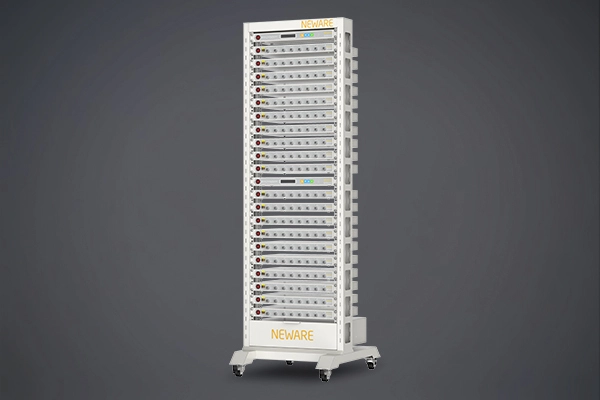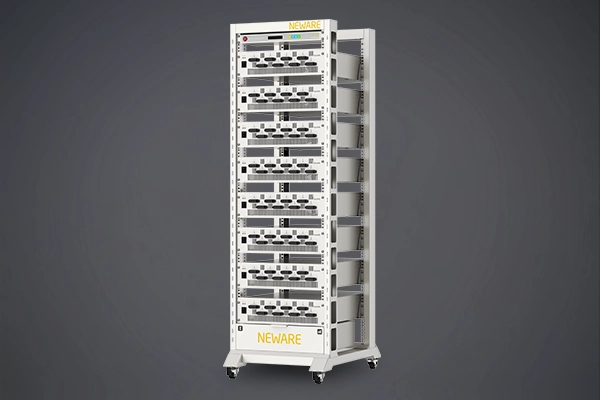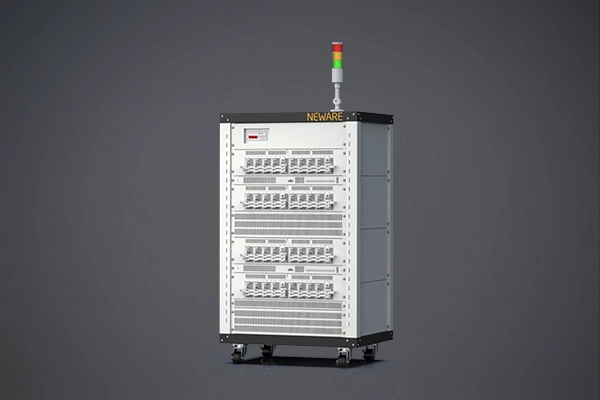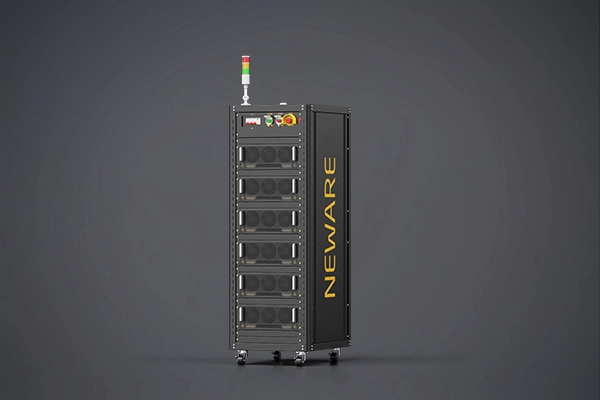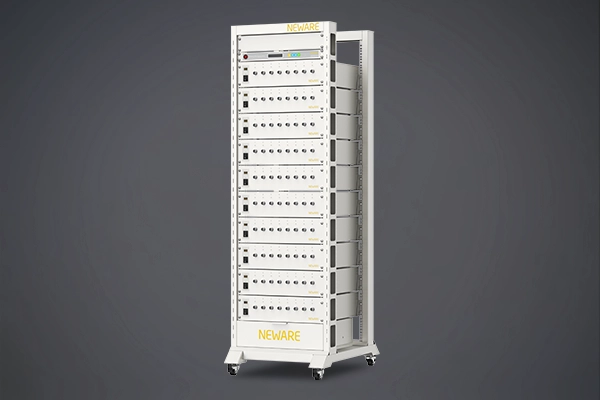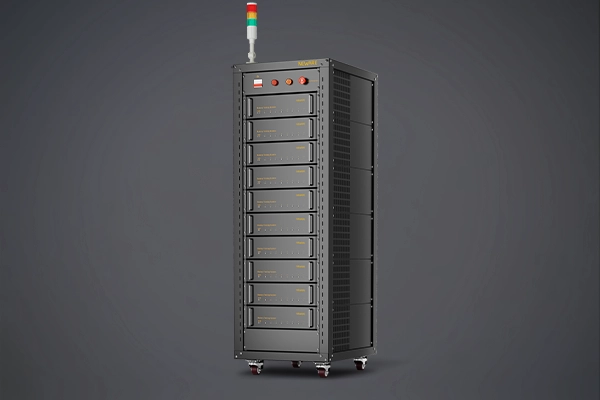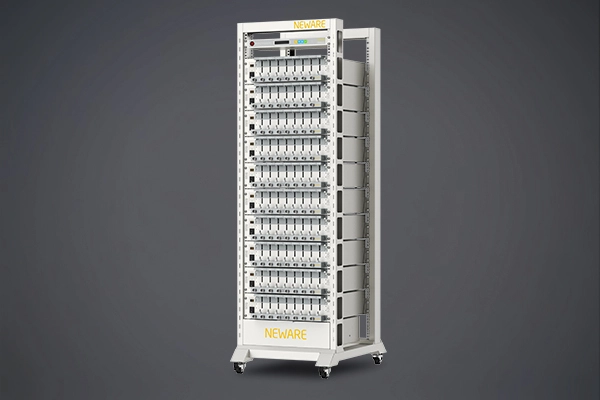
A solid state battery is a type of battery technology that differs from the currently mainstream lithium-ion and lithium-polymer batteries in that it uses solid electrodes and a solid electrolyte, as opposed to the liquid electrolytes found in lithium-ion and lithium-polymer batteries.
Solid state batteries are considered by the industry to be one of the next generation power battery solutions. The technology uses lithium or sodium-based glass compounds as conductive materials, replacing the electrolyte found in traditional lithium batteries, which significantly enhances the energy density and safety of the batteries. In solid state ionics, a solid-state battery is one that uses solid electrodes and solid electrolytes. Solid-state batteries generally have a lower power density but a higher energy density. Due to their high power-to-weight ratio, solid state batteries can produce high endurance, making them an ideal power source for electric vehicles.
The scientific community believes that the performance of lithium-ion batteries has nearly reached its limit, with little room for further improvement. To meet the consumer market's demand for electric vehicles with long endurance and high safety, the solid state battery technology route has been regarded as one of the best power battery solutions in recent years.
Traditional liquid lithium batteries are vividly referred to by scientists as "rocking chair batteries," with the two ends of the rocking chair representing the battery's positive and negative poles, and the electrolyte (liquid) in the middle. Lithium ions act like excellent athletes, running back and forth between the two ends of the rocking chair, and the charging and discharging process of the battery is completed as lithium ions move from the positive pole to the negative pole and back to the positive pole.
The principle of solid state batteries is the same, except that their electrolyte is solid. The density and structure of the solid electrolyte allow more charged ions to gather at one end, conducting a larger current, thereby increasing the battery's capacity. As a result, solid state batteries can be made smaller for the same amount of electricity. Moreover, the absence of liquid electrolyte in solid state batteries makes sealing easier, and when used in large equipment such as vehicles, there is no need to add extra cooling pipes or electronic controls, which not only saves costs but also effectively reduces weight.
After using a solid state electrolyte, the applicable material system for lithium-ion batteries will also change. A core point is that it is not necessary to use lithium-embedded graphite anodes; instead, metal lithium can be directly used as the anode, which can significantly reduce the amount of anode material used, resulting in a noticeable increase in the battery's energy density.
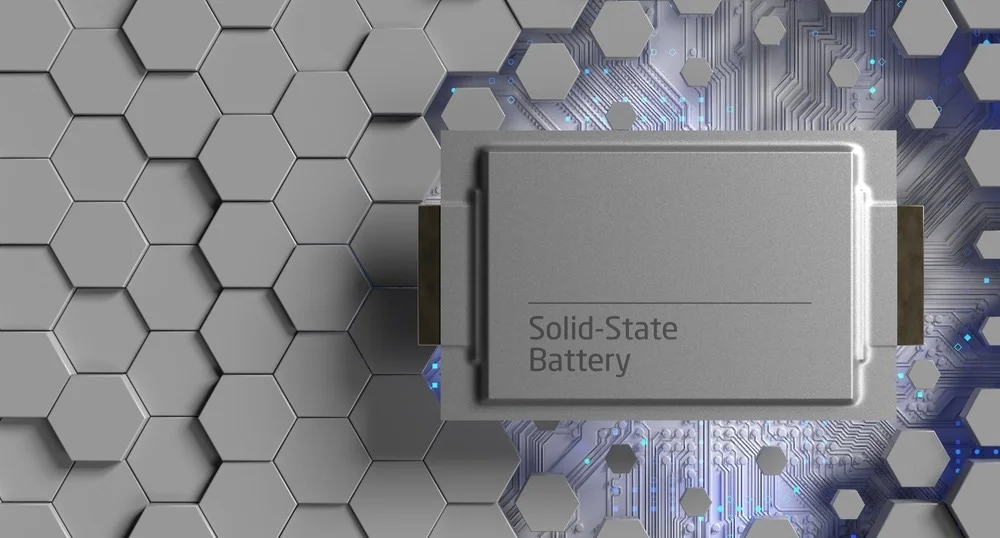
In traditional lithium-ion batteries, diaphragms and electrolytes are required, which together occupy nearly 40% of the battery's volume and 25% of its mass. If they are replaced with solid-state electrolytes (mainly consisting of organic and inorganic ceramic material systems), the distance between the positive and negative electrodes (traditionally filled with diaphragms and electrolytes, now filled with solid state electrolytes) can be shortened to just a few to several tens of micrometers. This significantly reduces the thickness of the battery, making solid state battery technology an essential path for miniaturization and thinning of batteries.
Even brittle ceramic materials can be flexible when their thickness is reduced to below the millimeter level. The flexibility of solid state batteries will also be significantly improved after they are made thin and lightweight. By using appropriate packaging materials (which cannot be rigid shells), the batteries can withstand hundreds to thousands of bending cycles without significant performance degradation.
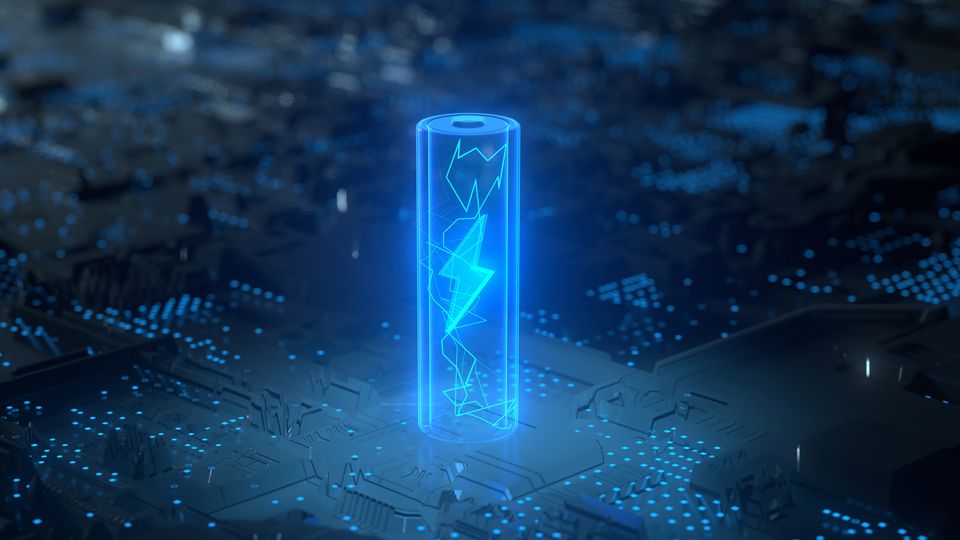
Traditional lithium batteries may face the following dangers:
(1) Lithium dendrites may form under high current operation, piercing the diaphragm and causing a short circuit and damage;
(2) The electrolyte is an organic liquid, and the tendency to undergo side reactions, oxidative decomposition, gas production, and combustion is exacerbated at high temperatures. By adopting solid-state battery technology, these two issues can be directly resolved.
The production efficiency of solid state batteries is low, and they have not yet reached the level for mass production. This results in high battery production costs and a lack of effective electrolyte material systems. Currently, the development of solid state battery materials is rapid, but there is a relative lack of comprehensive applications. As the core material of solid state batteries, solid lithium-ion conductors have made breakthroughs in single indicators, but overall performance still cannot meet the needs for large-scale energy storage.
The industry currently believes that it is unlikely to achieve commercial application of all-solid-state batteries in the short term. According to the current level of R&D investment and technological development, it will take at least 3-5 years to reach the stage of mass production. The battery materials, production equipment, and manufacturing processes need to develop comprehensively to achieve the commercialization of solid-state batteries.
NEWARE TECHNOLOGY LLC
755 Ames Avenue, Milpitas, CA, USA, 95035



